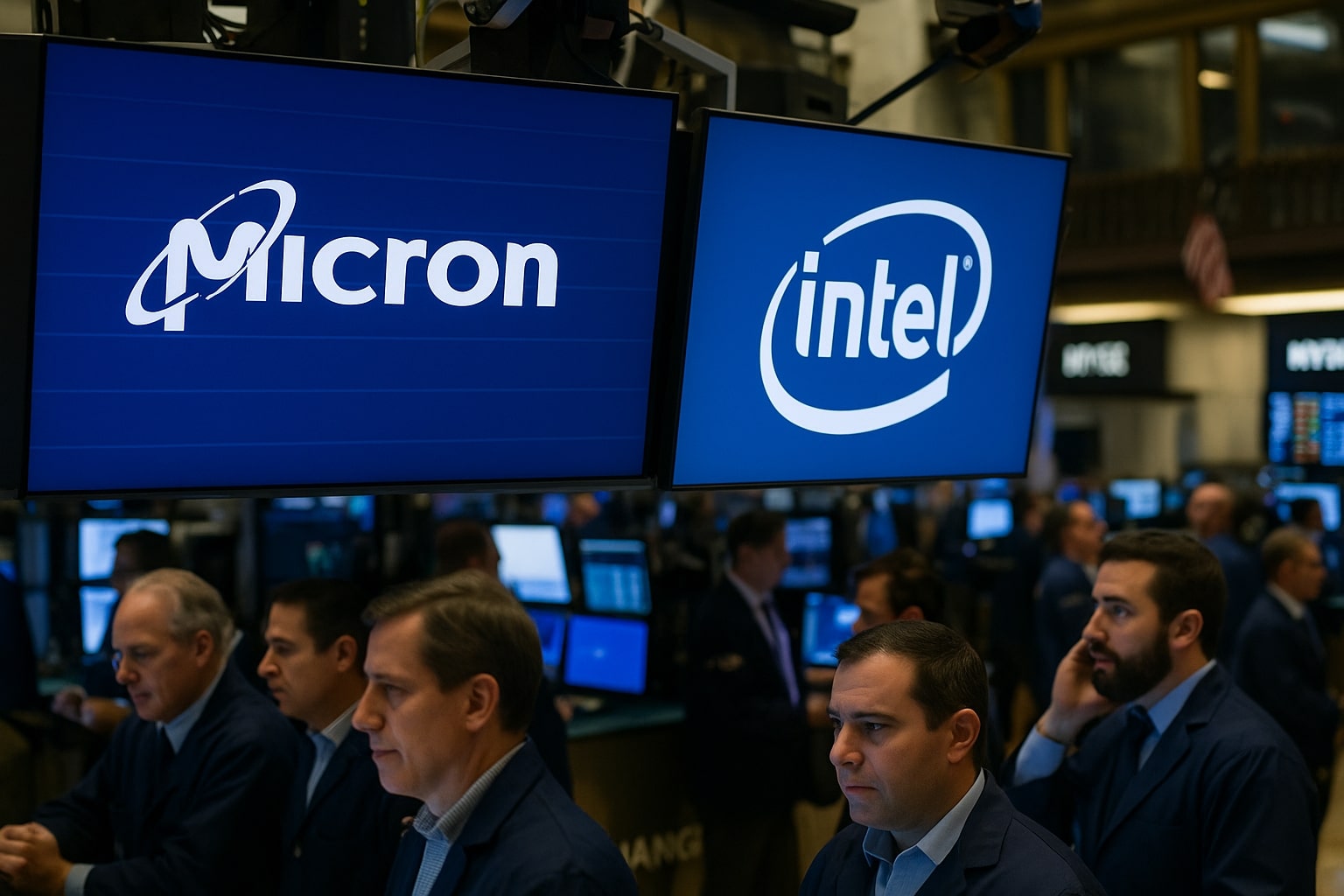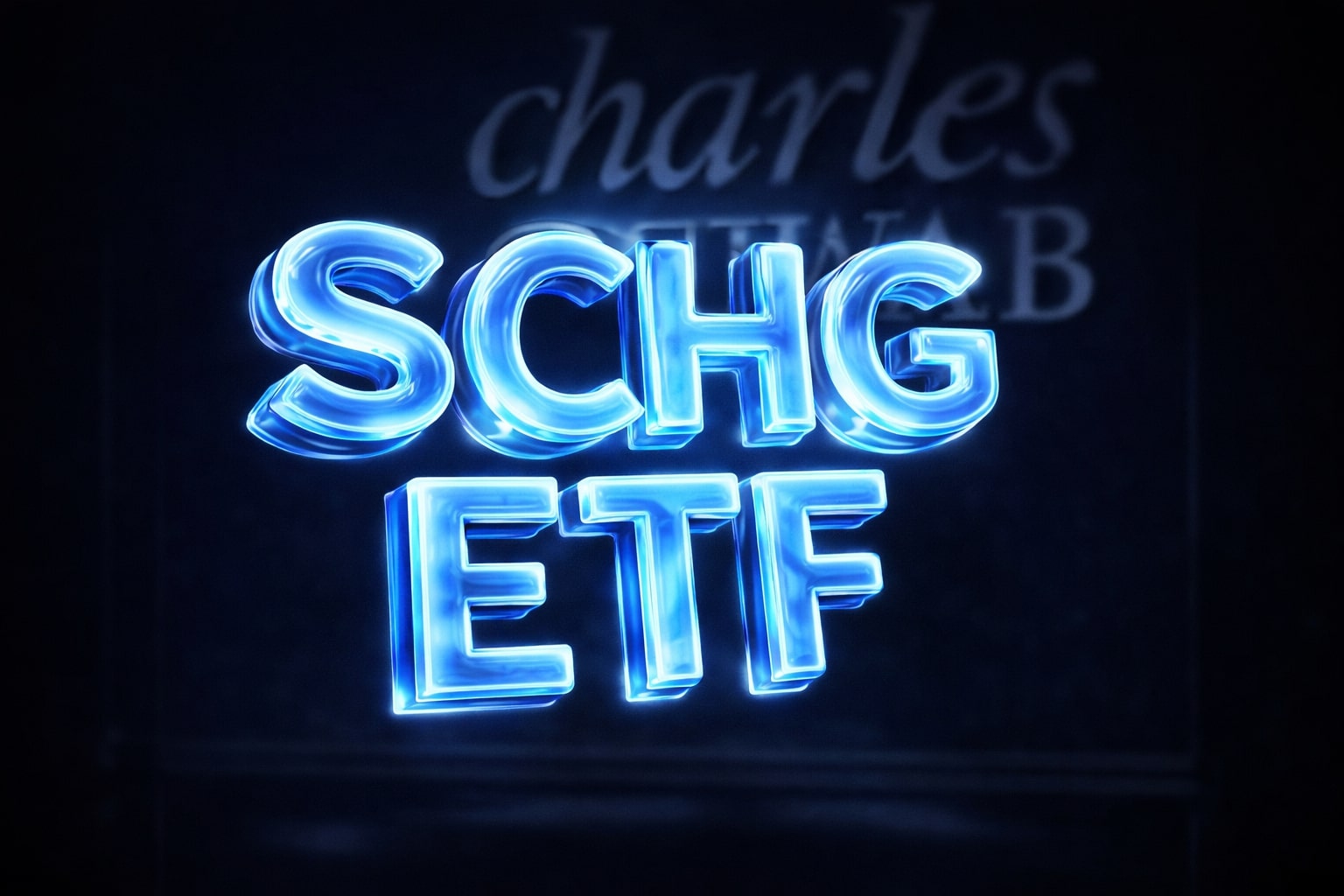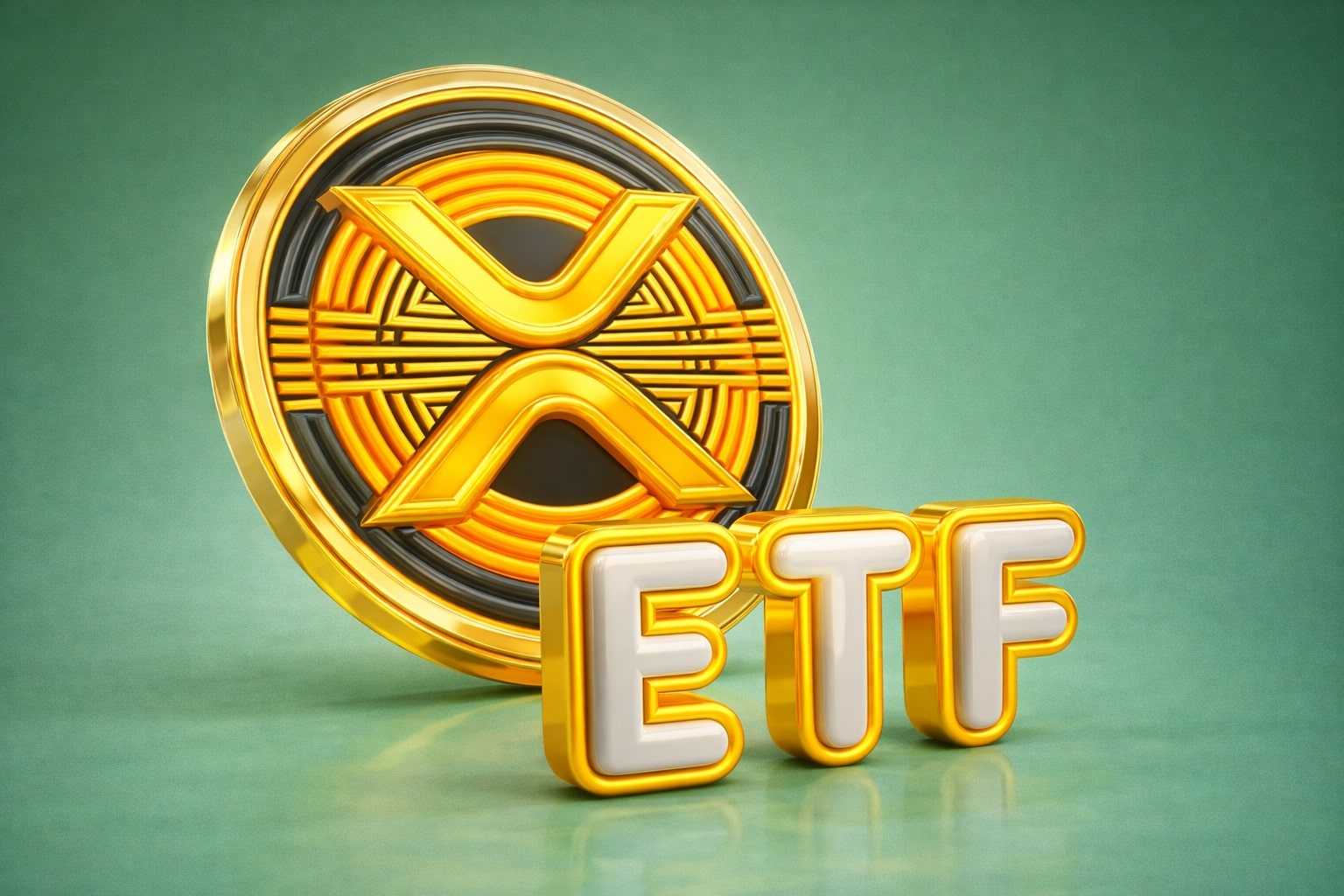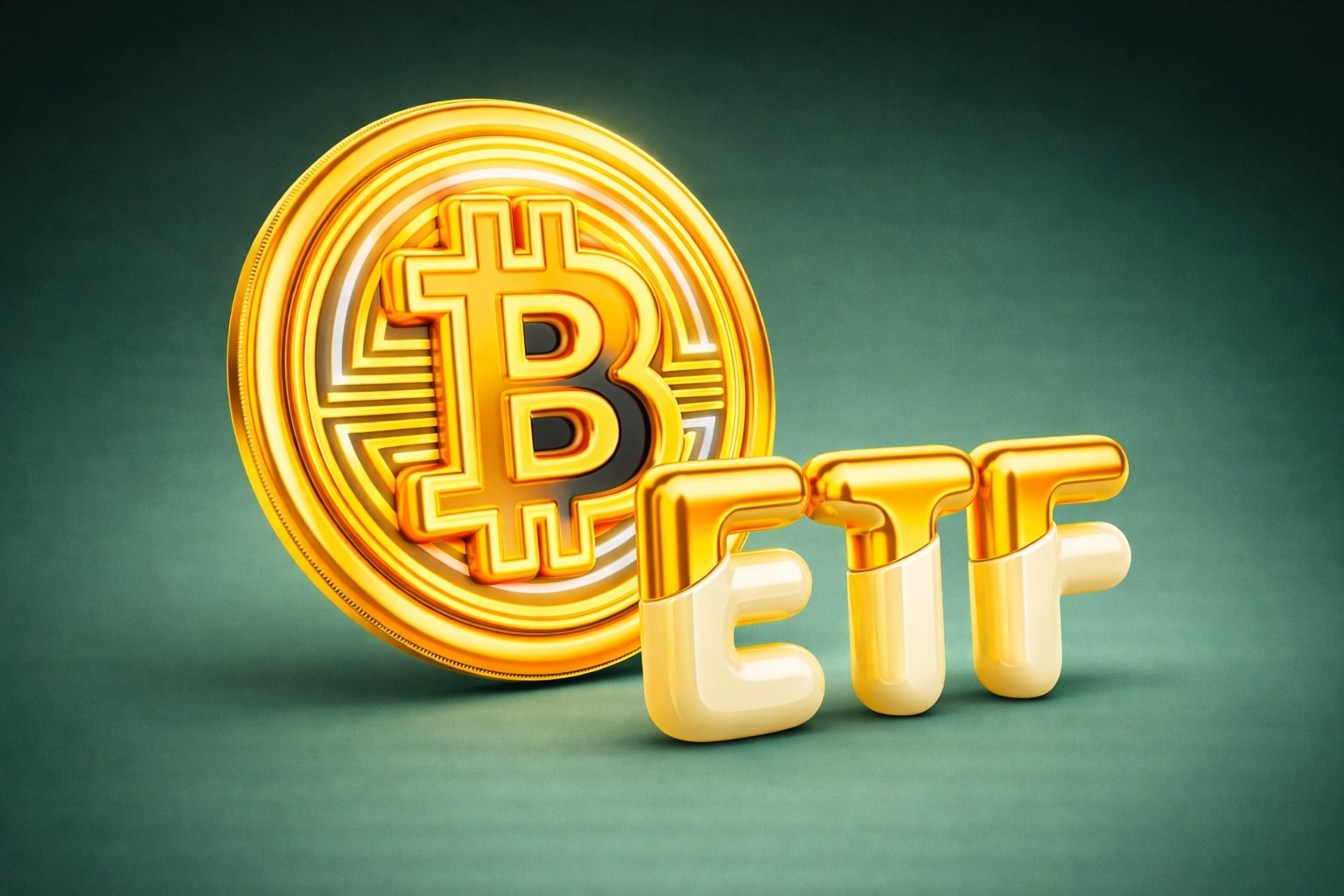
Micron Stock MU vs Intel Stock INTC: AI Winner Outpaces Old Guard
Micron rallies toward $200 on DRAM and HBM demand, while Intel struggles with -38% margins, heavy CapEx, and resistance at $26 | That's TradingNEWS
Micron (NASDAQ:MU) vs Intel (NASDAQ:INTC): Two Giants, Two Very Different Futures in the AI Era
Micron Technology (NASDAQ:MU) ended the latest session at $157.63, within a fraction of its record peak at $158.28, cementing its position as one of the biggest winners of 2025’s AI trade. The stock added 4.7% on Friday, extending a year-to-date surge of almost 40%, and analysts now openly project upside toward $175–$200 as memory demand for AI servers continues to accelerate. Intel (NASDAQ:INTC), in sharp contrast, finished at $24.08, slipping another 2.15%, with after-hours trading dipping to $24.02. That leaves INTC stuck near multi-year lows despite unprecedented government subsidies and high-profile backing from SoftBank. The divergence reflects not just sentiment but hard fundamentals: Micron is monetizing the AI cycle, while Intel is burning cash on a turnaround with uncertain execution.
Market Capitalization and Investor Confidence
Micron’s market capitalization has soared to $176 billion, overtaking Intel’s $112.46 billion—a symbolic reversal given Intel’s historical dominance in semiconductors. Valuation metrics underline the shift: MU trades at a forward P/E near 32x, justified by margin expansion and earnings recovery, while Intel’s 36.5x multiple reflects depressed earnings rather than growth. On a price-to-book basis, Micron commands 2.9x, signaling investors believe its assets—fabs aligned to memory production—will yield outsized returns. Intel, at 1.15x book value, barely escapes being priced like an industrial utility, showing how low investor conviction remains.
Margins and Profitability
The divergence sharpens in profitability. Micron’s gross margins are set to rebound above 40% in 2025, supported by demand for DRAM, NAND, and high-bandwidth memory (HBM) powering Nvidia’s GPU clusters. Its earnings trajectory has flipped from losses to profit as hyperscalers like Microsoft, Amazon, and Google scale AI infrastructure. Intel’s margins, meanwhile, tell the story of a wounded titan: gross margin sits at 29%, operating margin at -3.8%, and net margin at a staggering -38.6%. Over the trailing twelve months, Intel has lost $20.5 billion, wiping away nearly a decade of accumulated profits. This explains why MU is attracting fresh capital while INTC trades like a restructuring play.
CapEx: Strategic Investment vs Value Destruction
Intel has committed more than $100 billion in capital expenditures since 2021, including $18 billion in FY25 alone, largely into its foundry division. The returns, however, remain negative: Q2 2025 saw the Intel Foundry division report $3.2 billion in losses against $4.4 billion in revenue. Free cash flow is deeply negative at -8.3 billion, underscoring the gap between spending and monetization. Micron’s CapEx is also high, but crucially, it is directly tied to capacity expansion in DRAM and NAND—sectors that are already enjoying surging demand. Unlike Intel’s speculative foundry pivot, Micron’s spending is feeding directly into revenue growth, keeping free cash flow positive and aligned with shareholder value.
Technical Landscape: Momentum vs Resistance
Micron’s technical picture is overwhelmingly bullish. After breaking through all previous resistance, MU now targets $175–$200 as long as it sustains closes above $155. Volume is rising alongside price, confirming institutional conviction. Intel remains capped by $26.40, which has formed a quadruple-top resistance zone over the past year. Until INTC clears that level decisively, the technical bias remains sideways-to-down, with risk of retesting $20. The divergence is stark: Micron is in a confirmed uptrend with expanding volume, Intel is trapped in a narrow range where every rally stalls.
Read More
-
SCHG ETF Near $33 High As AI Giants Drive 19% 2025 Rally
01.01.2026 · TradingNEWS ArchiveStocks
-
XRP-USD Stuck At $1.87 As XRPI Near $10.57 And XRPR Around $14.98 Despite $1.16B ETF Wave
01.01.2026 · TradingNEWS ArchiveCrypto
-
Natural Gas Price Forecast - NG=F Slides Toward Key $3.57 Support As Ng=F Extends 33% Drop
01.01.2026 · TradingNEWS ArchiveCommodities
-
USD/JPY Price Forecast - Yen Near 156 As Fed Cuts Meet Boj Hawkish Turn
01.01.2026 · TradingNEWS ArchiveForex
Competitive Standing in the Semiconductor Chain
Micron’s role in the AI supply chain is strengthening. It provides critical DRAM and HBM chips used in Nvidia’s GPUs, making it indispensable as hyperscalers race to expand AI compute clusters. Intel, on the other hand, is losing market share: its server CPU share has dropped to 72.7%, with AMD capturing 27.3%, and its GPU roadmap lags far behind Nvidia. Even its foundry customers remain tentative, with Qualcomm and AWS still testing waters rather than committing to scale. Where Micron is expanding relevance, Intel is fighting to remain relevant.
Buy, Sell, or Hold Verdict
Micron (NASDAQ:MU) is the clear outperformer. Trading at $157, within striking distance of its record high, the stock benefits from soaring DRAM and HBM demand that directly feeds AI server growth. Margins are recovering above 40%, analysts are lifting targets to $175–$200, and technicals confirm a strong uptrend with support holding at $155. With positive free cash flow and strong institutional inflows, MU remains a decisive Buy.
Intel (NASDAQ:INTC), closing at $24.08, sits at the opposite end of the spectrum. Despite raising $8.9 billion from the U.S. government and $2 billion from SoftBank, the company is still bleeding cash, with a -38.6% net margin, -18.6% ROE, and -8.3 billion free cash flow. Its foundry pivot consumes $18 billion CapEx in FY25, yet losses persist. Technically, INTC is trapped below $26.40 resistance, and fundamentals remain weak. That leaves the stock a Hold at best, attractive only for deep-value contrarians betting on a long-term turnaround backed by government support.


















